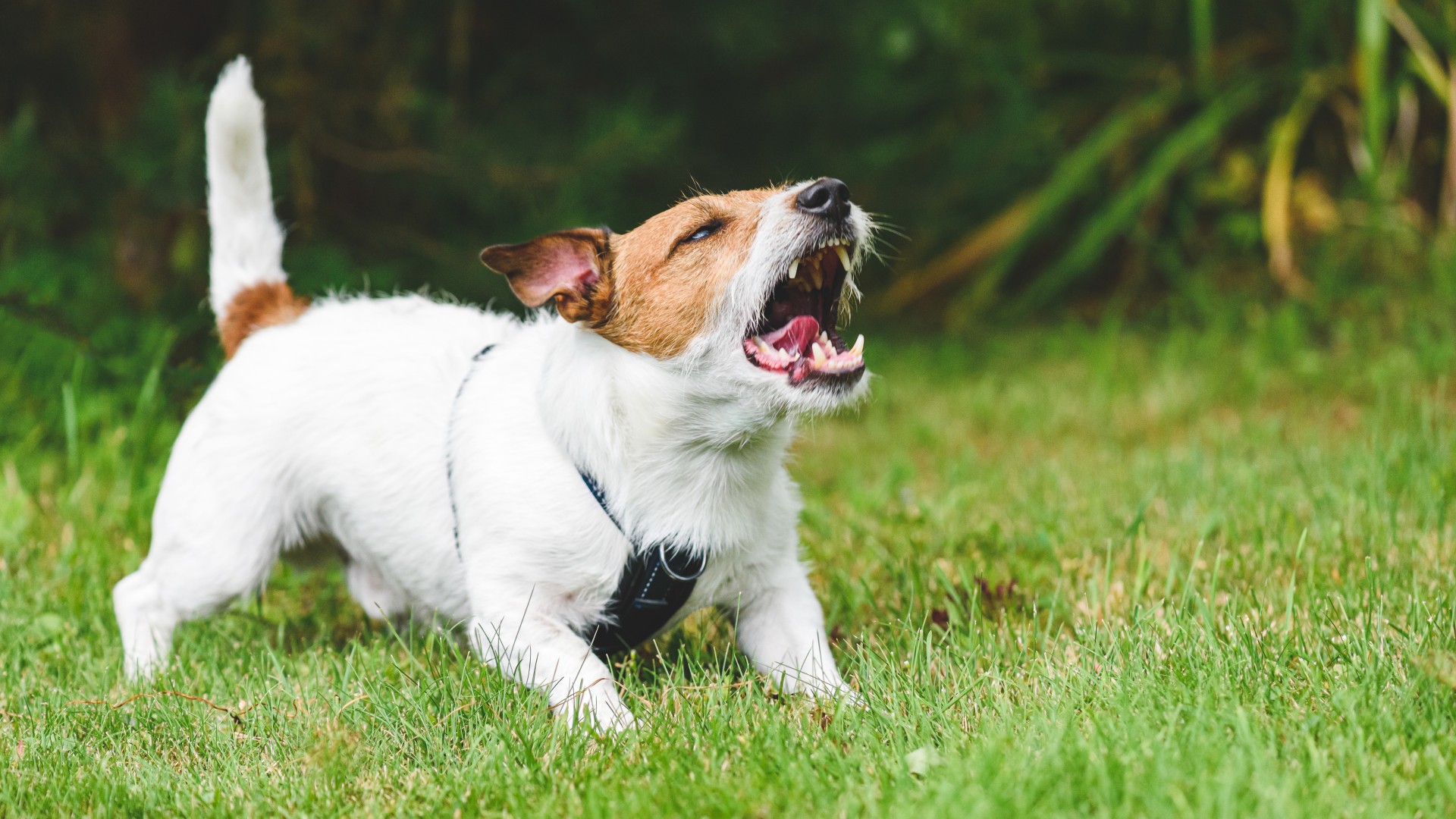
As much as we don’t like to think about it, sometimes dogs can bite humans. After all, they’re animals, and it’s a behavior that animals can display on occasion.
While animals can be unpredictable, and you can never totally eliminate the risk of getting bitten by a dog, there are things you can do to help keep yourself safe around dogs, from signs to watch out for to things to do yourself.
And certified dog trainer San Choi of Ruff Roll Academy has outlined what you should know in a recent Instagram post. Here's what to do if you encounter aggressive dog behavior...
“Ensuring safety in public spaces is crucial, even if you don’t have a dog,” Choi begins. “When encountering a dog displaying signs like growling or barking, it’s essential to be mindful, as these behaviors can potentially escalate to dog bites.”
So, if your dog, or a dog you’re around, is growling, offering space, or maintaining a distance, it means that they’re trying to minimize the risk of biting someone. After all, biting isn’t usually the first thing a dog will jump to if they’re uncomfortable or uneasy.
It’s worth familiarizing yourself with the Ladder of Aggression, which allows us to look at the signs that could result in a dog bite, from a dog blinking and yawning through to them crouching with their tail tucked underneath them, to eventually snapping and biting.
However, as Choi says, “It’s crucial to remember that this is not a one-size-fits-all chart. Every dog is unique, and the ladder is a general guideline rather than a linear predictor of behavior.”
Because of this, it's best to treat the ladder as a rough guide, rather than something that all dogs will follow at all times. But that said, you can still look at the common signs – if you see a dog exhibiting behaviors lower down the ladder, you can help to prevent behaviors higher up the ladder, with the most serious being biting – one of the 32 scary but common dog problems dog parents might face.
“Dog behavior is nuanced,” Choi finishes, “But there are recognizable stress signals that can help us anticipate and reduce the risk of dog bites. Let’s prioritize understanding and respecting our canine friends to create safer interactions for everyone.”
And if your dog already bites – regardless of the reason, you might find this article useful: Why is my dog biting and how do I stop it?







